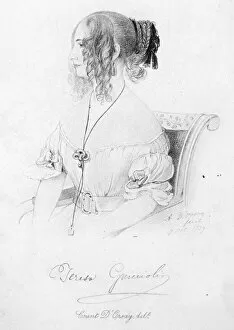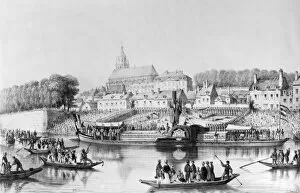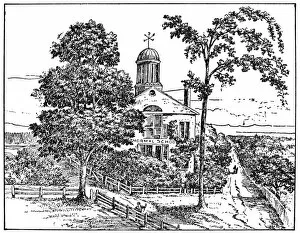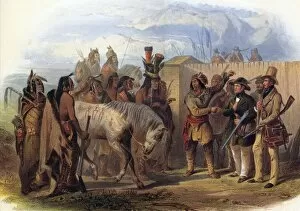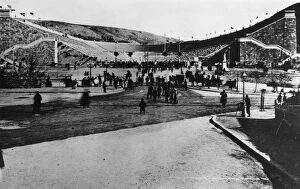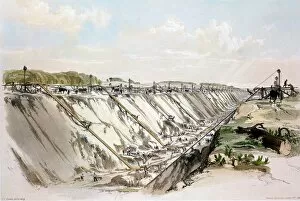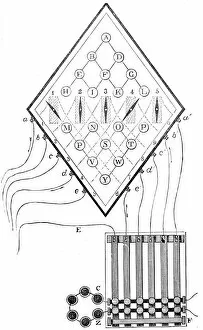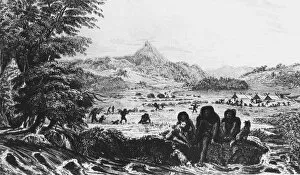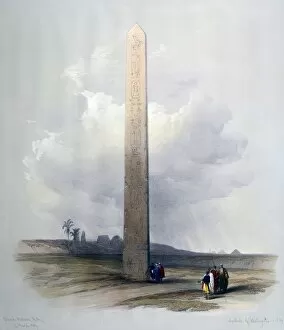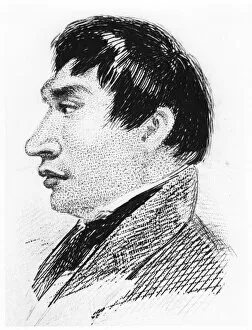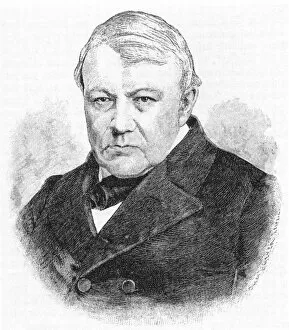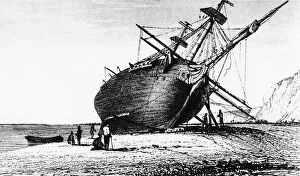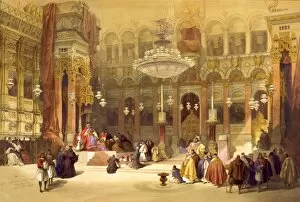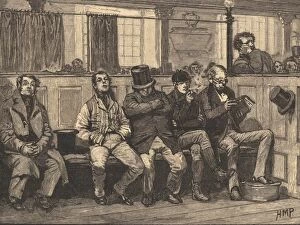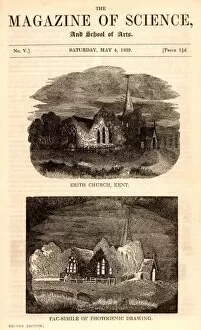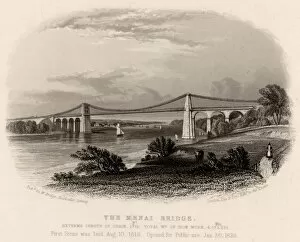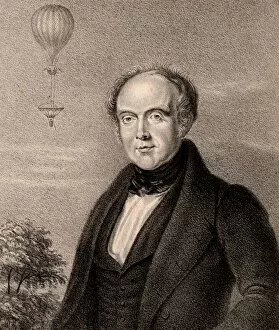1839 Collection (#21)
"1839: A Year of Bridges, Riots, and Victories" In 1839, the iconic Forth Bridge was under construction, a testament to human engineering prowess
For sale as Licensed Images
Choose your image, Select your licence and Download the media
"1839: A Year of Bridges, Riots, and Victories" In 1839, the iconic Forth Bridge was under construction, a testament to human engineering prowess. Meanwhile, at Amherst College in Massachusetts, established in 1821, students enjoyed a northwestern view of their esteemed institution through a wood engraving. The Newport Riot made headlines that year as tensions flared and chaos erupted. Edgar Allan Poe's haunting tale "The Fall of the House of Usher, " first published in 1839, captivated readers with its eerie narrative brought to life by Constant le Breton's evocative woodcut. General Sir Redvers Buller emerged as a prominent figure during the turn of the century in 1900. His leadership skills were put to the test during times of conflict such as the Zulu War in 1879 when he was seen at Inhlobane alongside Colonel Redvers Buller. Horse racing enthusiasts flocked to Ascot for thrilling races while Edinburgh showcased its modernity through an artistic lens with "Modern Athenians plate " The Liverpool Grand National Steeplechase also drew crowds seeking exhilarating equestrian action. Innovation took center stage with Macmillan Bicycle making waves among transportation enthusiasts. Texas proudly flew its Lone Star Flag since its adoption in 1839—a symbol representing independence and resilience. Photography reached new heights with William Fox-Talbot's groundbreaking achievement—the first published photograph—ushering in an era where moments could be forever captured on film. As we reflect on these diverse events from different corners of history united by one year—1839—we are reminded that each moment holds significance within our collective story.





